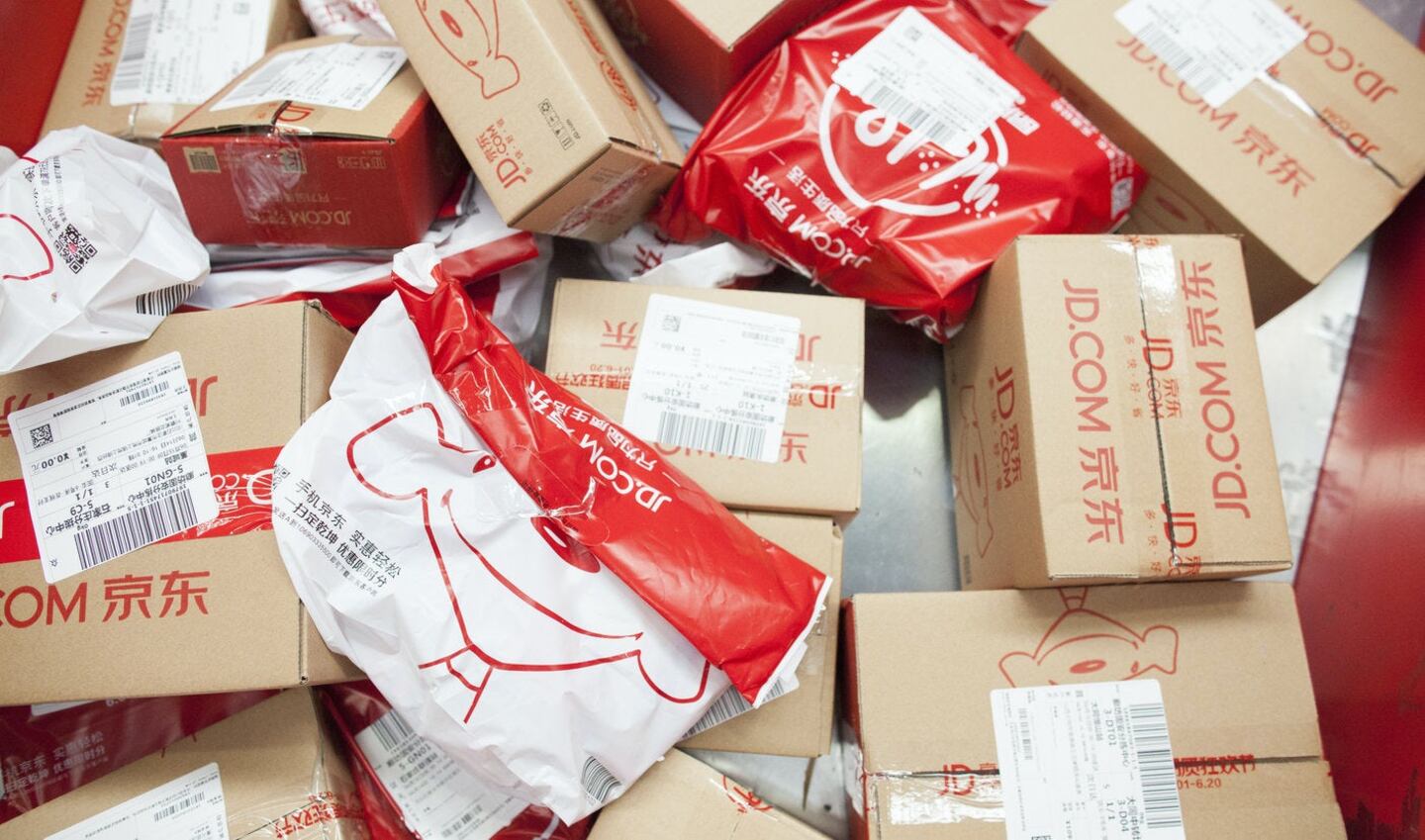
The Business of Fashion
Agenda-setting intelligence, analysis and advice for the global fashion community.

Agenda-setting intelligence, analysis and advice for the global fashion community.

BEIJING, China — JD.com Inc, China's second largest e-commerce firm, saw its stock drop on lower-than-expected quarterly profits on Friday, as the company's margins were squeezed by competition during its top earnings season.
JD.com's US-listed stock was down almost 7 percent in pre-market trading.
Despite posting better-than-expected revenue for the quarter, the loss attributable to ordinary shareholders was 909 million yuan versus analyst estimates of a 463 million yuan loss.
China's saturated urban e-commerce market continues to create competitive pressure between JD.com and rival Alibaba Group Holding Ltd.
ADVERTISEMENT
"Although we believe JD.com will survive in the severe competition of the e-commerce space in China, backed by its alliance with Tencent, we think it will be difficult for the firm to pass market leader Alibaba," said Chelsea Tam, analyst at Morningstar Equity Research in a note ahead of the earnings.
JD.com owns an extensive logistics network and is popular for fast delivery and retail sales, while Alibaba is light on assets and draws a large part of its sales from third party marketplace site Taobao.com.
Revenue for the quarter was 110.2 billion yuan ($17.38 billion), JD.com said, above analysts' mean estimate of 108.5 billion according to Thomson Reuters I/B/E/S.
The firm posted a 40.3 percent increase in full-year revenue to 362.3 billion yuan compared to 260.1 billion yuan a year earlier.
JD.com posted a loss of 0.64 yuan per American depository share, compared with a loss of 1.26 yuan a year earlier.
Marketing costs for the quarter squeezed JD.com's margins, rising 35 percent to 4.7 billion yuan, revealing the steep cost of competitive advertising during the November Singles' Day festival.
By Cate Cadell and Munsif Vengattil; editors: Shounak Dasgupta and Elaine Hardcastle.
With consumers tightening their belts in China, the battle between global fast fashion brands and local high street giants has intensified.
Investors are bracing for a steep slowdown in luxury sales when luxury companies report their first quarter results, reflecting lacklustre Chinese demand.
The French beauty giant’s two latest deals are part of a wider M&A push by global players to capture a larger slice of the China market, targeting buzzy high-end brands that offer products with distinctive Chinese elements.
Post-Covid spend by US tourists in Europe has surged past 2019 levels. Chinese travellers, by contrast, have largely favoured domestic and regional destinations like Hong Kong, Singapore and Japan.